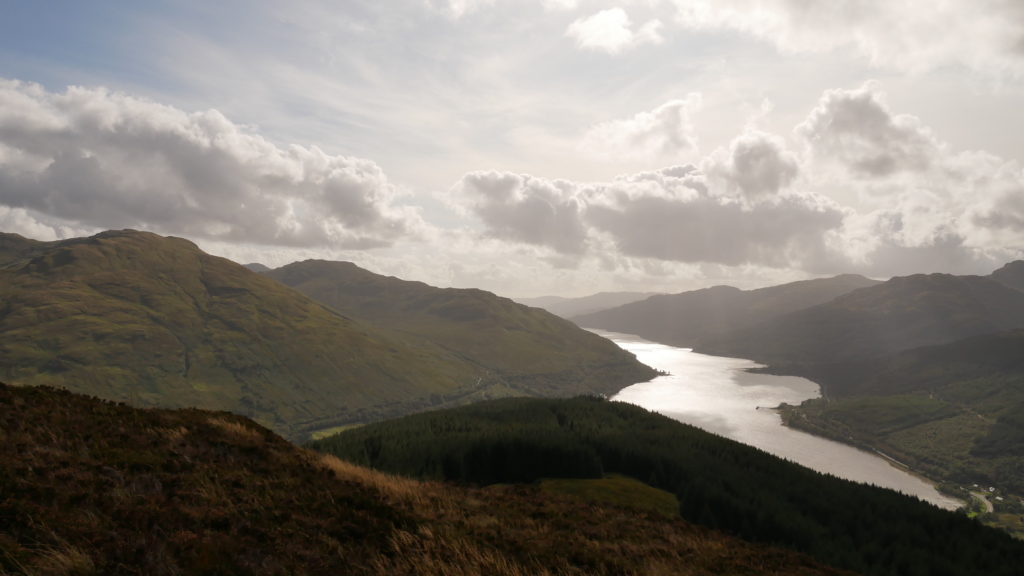
It's hard to describe the sense of vastness that confronts the senses when at the feet of the Scottish Highlands.
My first camping trip in the Scottish highlands was last October, 2018.
I also made a trip last March, 2019.
Those two trips were fantastic and I was blessed with mostly beautiful weather. However my last trip, a few weeks ago in late September, was exceptional.
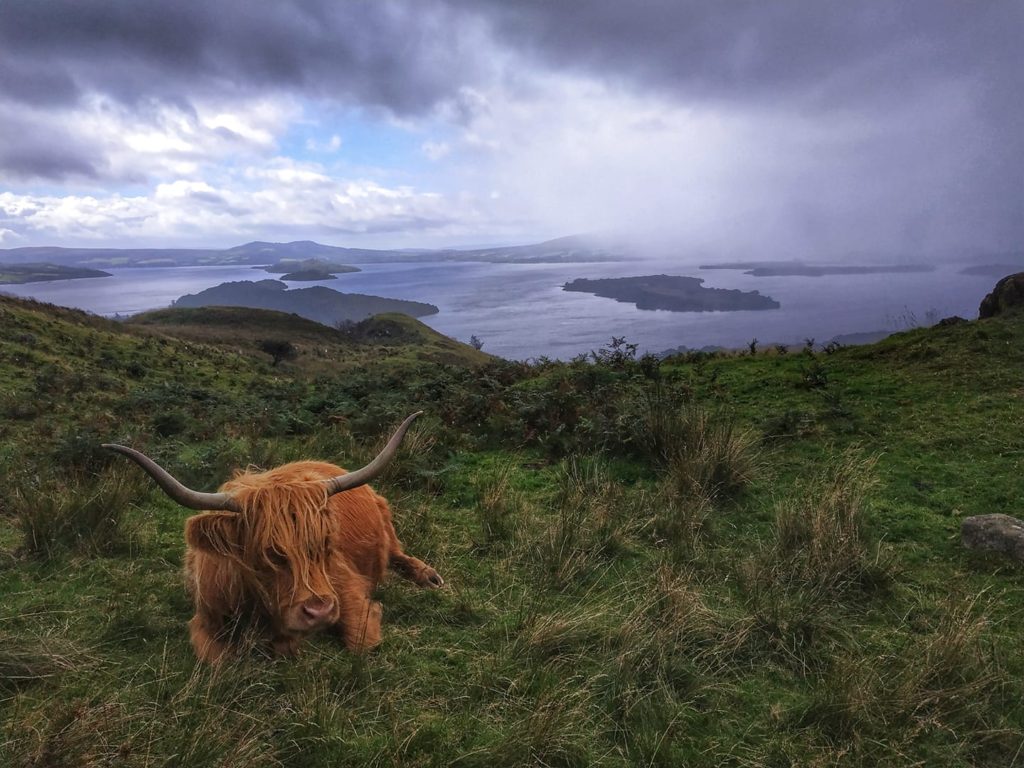
On my last trip I was mostly based around Loch Lomond - which is situated in the south-west of the Scottish Highlands.
Since I camped out during this trip I will also be touching upon different aspects of hiking and camping skills, but I'll also be delving into local history, nature, geography and old place-names - all of which I'm very much interested in.
It's one of the great things about having good hiking & camping skills - as they enable an individual to access more remote parts of a landscape - especially in a landscape as large, remote and layered as the Scottish Highlands.
But first, The Woods of Loch Lomond...

The Woods of Loch Lomond
Most of the shoreline of the largest freshwater lake in mainland Britain, Loch Lomond, is fantastically fringed with deep green woods – much of which is non-native, coniferous tree plantations. But some of these woods are native oak woodland. They are a damp woodland, technically termed Atlantic Oak woodland - and are dominated by massive sessile oaks – whose heavy, sprawling limbs are often festooned with damp-loving lichens, such as the wonderful lungwort.
Almost perpetually damp from high annual rainfall, the Scottish Highlands is a place that has evolved to deal with the steady drip of dampness.
Expanses of bog – essentially a wetland habitat – cloak the endless, steep flanks of the Highlands. Down lower - among the many the lakes, rivers and valleys are pockets of native oak woodlands.
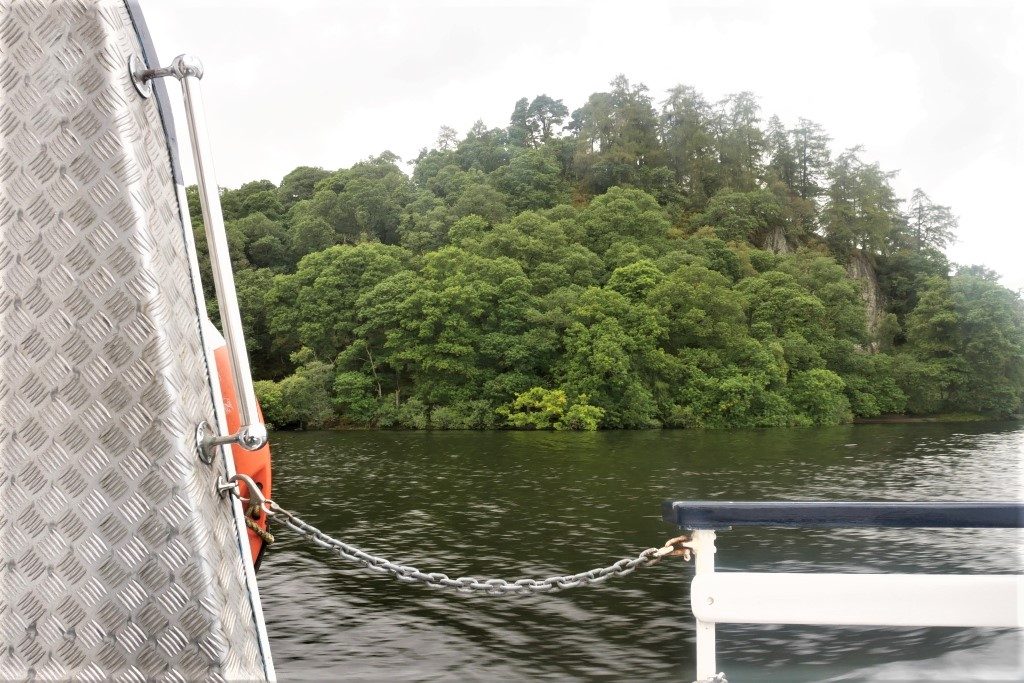
It's equal parts sad and tantalizing to see such verdant and evocative oak woods along the shores of Loch Lomond – these woods are remnants of woods that once covered so much more of the Scottish Highlands – from valley bottoms to mountain peaks, especially on the western side of the Highlands where the climate is wetter - which suits sessile oak woods.
Let us not forget the famous Caledonian Forests - a post ice age remnant peculiar to Scotland. Although this woodland type consists of several different tree species there is one tree species that dominates the Caledonian forests...Scots Pine.
So, for a very long time - the Scottish Highlands was mostly covered in a dense, green overlay of trees - with sessile oak and Scots pine being dual kings among this vast woodland that once was.
Now, the reign of these two kings has been greatly reduced.
Although I’m a huge fan of the Scottish Highlands – their bareness is a sign of the relentless pressure of humankind over so long a time. So long – that many a passing visitors will extol the virtues of the wildness of these mountains.
With our planet sliding fast into ecological oblivion – maybe the idea of massive scale ecological restoration of mostly infertile land such as mountains will swing from a fanciful indulgence to an absolute necessity in the very near future - and the reafforestation of the Highlands will take hold (although there has been a great effort so far to restore some of the Caledonian forest).
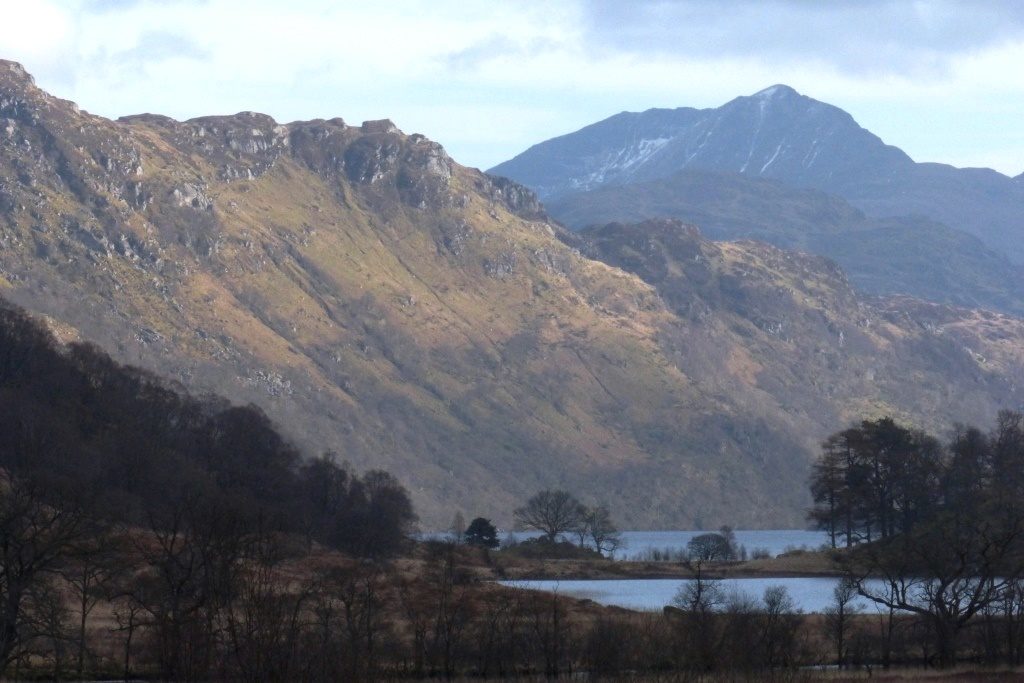
But for all its bareness, the Scottish highlands is still a relatively wild place.
As a wilderness region, the Scottish Highlands has an admirable blend of being large with a low population density. And it's certainly huge - with an area of 25,657 square kilometres (9,906 square miles), the Scottish Highlands is a whopping 32.9% of the land area of Scotland (which equates into 11.4% of the land area of Great Britain).
Combined with the fact that the Scottish highlands has one of the lowest population densities of Europe - this mountainous region may be stripped of most of its forest, with the wildlife under pressure from various issues - but it's still a vast, mostly uninhabited place harbouring rich veins of wildlife.
The Woods of Luss Glen
One such place that feels wild and remote are the woods of Luss glen.
Although I've only been to Scotland three times – already I'm becoming attached to a few places. One place is an oak wood near the village of Luss.
It’s a wonderful valley – with the lower part of the valley covered in what I can best describe as the most airy, well-lit oak woodland I’ve even been in – so much so, a lush covering of moss grows under the oak-leaved canopy.
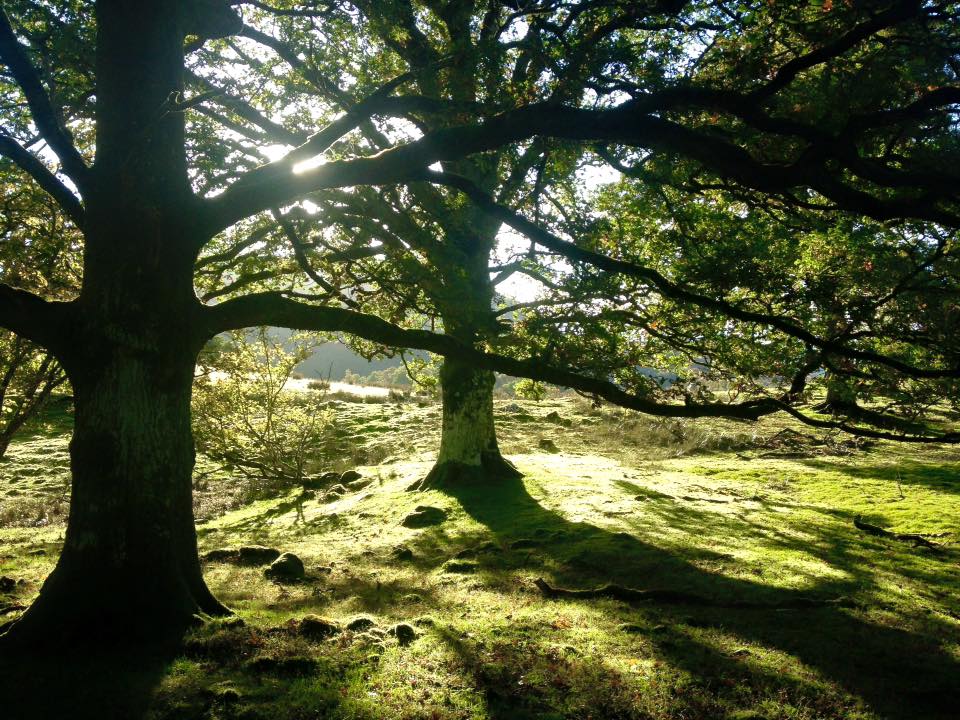
As I saunter through - long beams of sunlight occasionally shaft through – casting the woods in a light-hearted, luminous glow.
To add to the enchantment – the rapid flowing Luss river flows through the valley floor. I love this river – undimmed and fast, its wonderfully smooth, slate bedrock exudes many subtle hues of grey, white and black through the clean, mountain water.
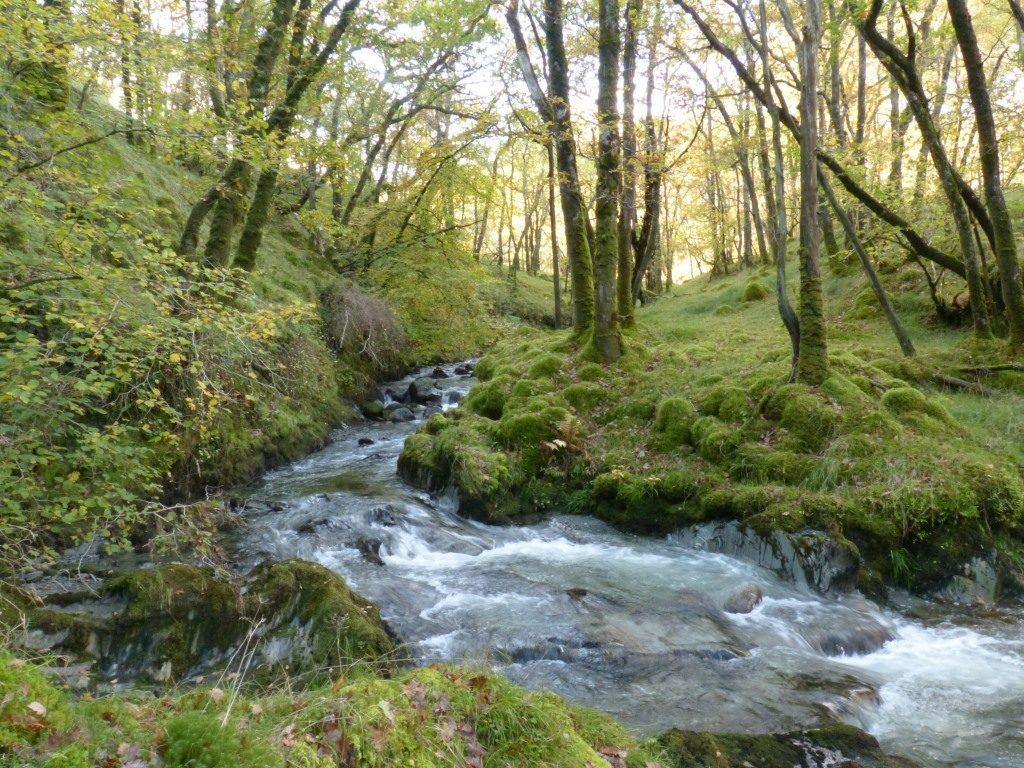
It's odd, during my longer sojourns into nature, a deep sense of contentment settles within me - something that is mostly lacking in my modern everyday life.
This contentment feels far less ephemeral than happiness - or maybe its a deeper form of happiness - but it's also very much an effortless byproduct of being in nature...
It's wonderful though...the best way I can describe it is a feeling of equilibrium - of possessing a clear head and a relaxed body - and existing very much within your senses. You begin to see, smell and hear more sharply - and more and more you revel in small and large details - a leaf, a birdsong, light slowly moving across a mountain.
It's a sense of peace within yourself and with your surroundings.
I cherish these moments.
A woodland in full color is awesome as a forest fire, in magnitude at least, but a single tree is like a dancing tongue of flame to warm the heart.
Hal Borland
Related articles on this website:
Related Links:

Recent Comments